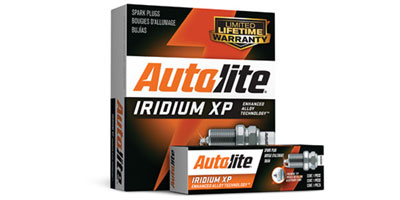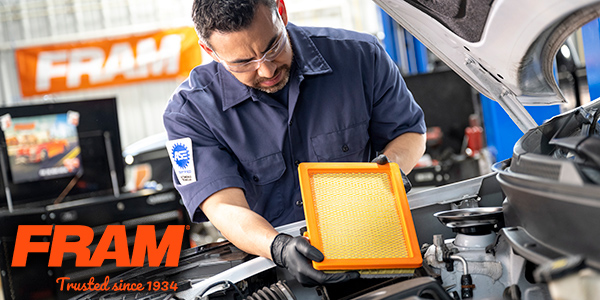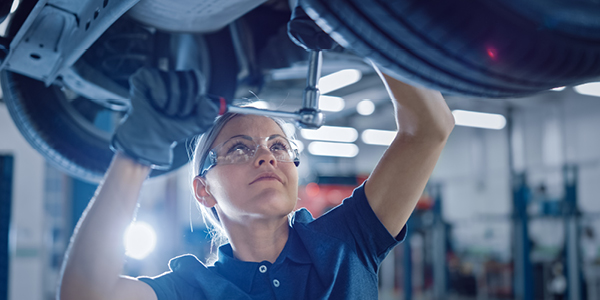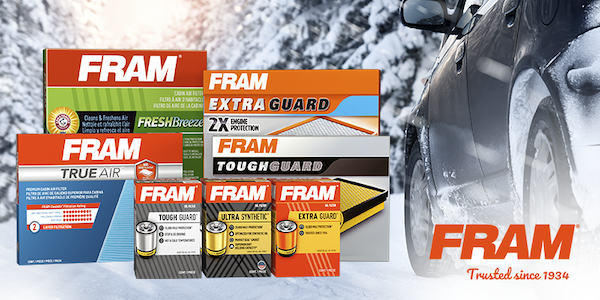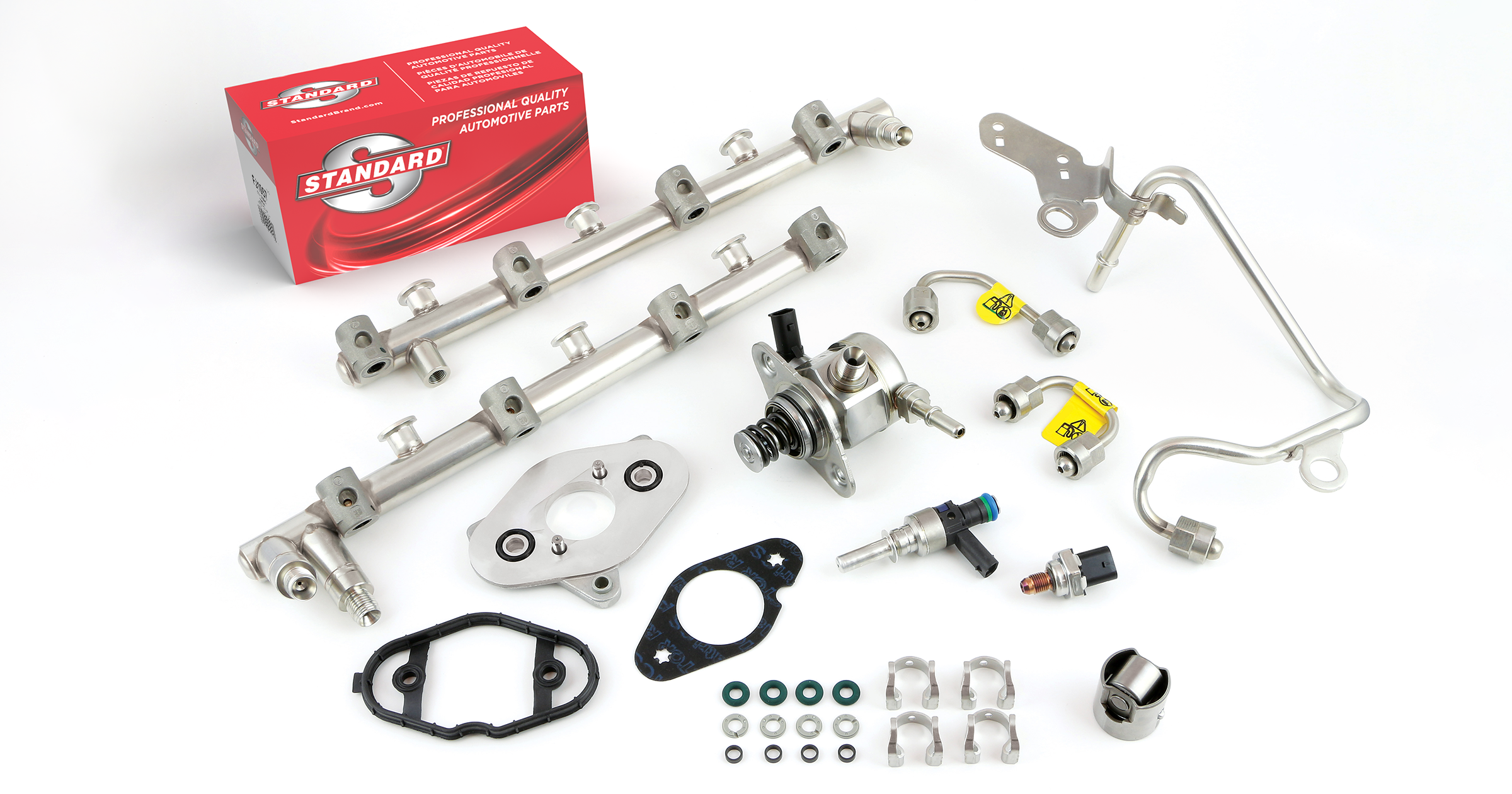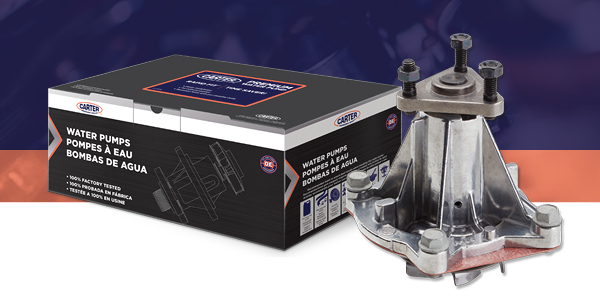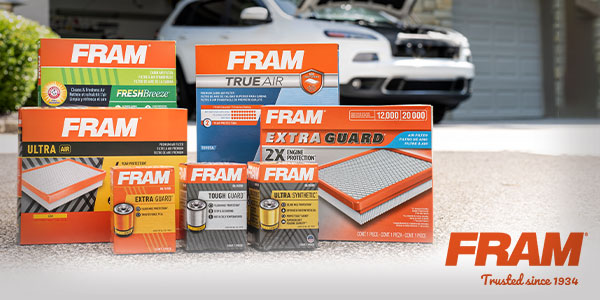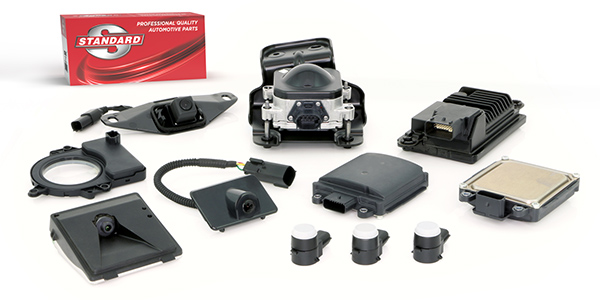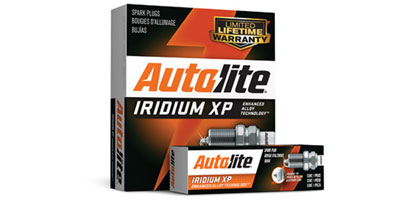
Over the past two decades, we’ve seen a wide range of suggested service intervals. As automotive technology continues to advance, spark plugs have followed suit. In the early 1990s, it wasn’t uncommon to replace spark plugs at 30,000 miles; many manufacturers still were suggesting copper spark plugs as the original-equipment (OE) replacement.
As coil-on-plug (COP) ignition systems were introduced, service intervals continued to expand from 45,000 miles to 100,00 miles for many vehicles. Platinum and double-platinum spark plugs, once the preferred OE option, were superseded by the introduction of iridium spark plugs. The qualities of an iridium spark plug allowed for extended service intervals with excellent long-term functionality.
With recent advancements such as the emergence of modern gasoline direct-injection (GDI) engine technology, some spark plug service intervals are reverting to the 45,000- to 60,000-mile range. Manufacturers now are suggesting earlier replacement due to increased compression paired with leaner fuel mixtures. Many applications now are forced induction with modest boost pressures, and it’s not uncommon to see modern engines produce over 100 horsepower per liter.
There’s no doubt that spark plug technology and service intervals will continue to evolve to meet the ever-changing challenges presented by modern engines. Because of this, it’s important to stay vigilant and check spark plug service intervals for each customer’s vehicle. As service bays continue to fill up, preventative maintenance is more important than ever!
This article was sponsored by Autolite. For additional tech tips and industry insights, visit: www.autolite.com/resources

